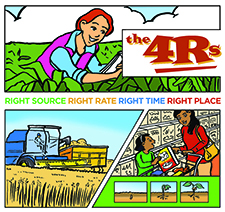
4R Reader
Use this free, downloadable reader from the Nutrient for Life Foundation to supplement a soil lesson. Students will learn about the 4 Rs of soil nutrient management: right source, right rate, right time, and right place.

Use this free, downloadable reader from the Nutrient for Life Foundation to supplement a soil lesson. Students will learn about the 4 Rs of soil nutrient management: right source, right rate, right time, and right place.
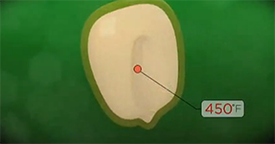
From Discovery Channel's How Stuff Works, watch how our favorite movie snack explodes from kernel to white fluffy treat. The shell of a corn kernel can withstand an internal temperature of 450 degrees. After that threshold, the kernel explodes. Find out what it takes to create the perfect popping kernel in this three-minute video.
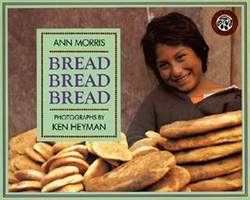
Bread is a food enjoyed by people in all parts of the world. Its many shapes, sizes, textures, and colors are as varied as the people who eat it. This photographic round-the-world tour provides a glimpse into the rich variety of world cultures, as well as an informative look at an important food.

A bilingual, rhythmic celebration of bread, from farmer to baker. This playful, English-Spanish children's book traces the process and production of traditional South American bread making from harvest, to crafting, to packaging, and its sale on the market.
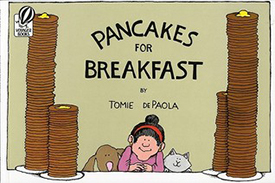
This wordless picture book follows the trials of a little old lady who attempts to make pancakes for her breakfast. The illustrations walk through the process of procuring the ingredients to make pancakes, including collecting eggs, milking a cow, and churning butter.
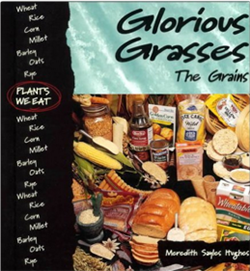
This book covers early history, cultivation, processing, and nutritional importance of grains. One chapter is dedicated to each grain, including wheat, rice, corn, millet and barley, and oats and rye. The two-column text reads easily and is full of informative material.
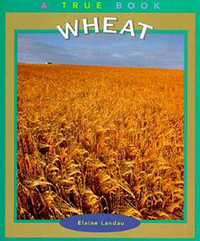
This book provides an accurate and comprehensive look at wheat. From its early cultivation thousands of years ago through today, the text and photos tell wheat's story. The book covers the planting, harvesting, and milling of wheat and ends with a useful glossary.
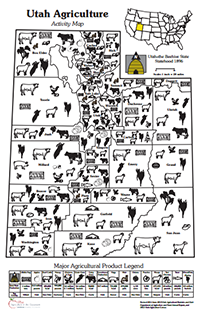
This engaging map shows agricultural production in Utah by county. Questions on the back help guide students to consider agricultural production in their home county and state. This map is available as a free download.
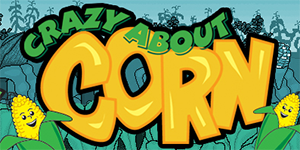
This is a lively, fun-filled elementary education kit, including an educator's guide, activity books, a video, and free songs that will keep students interested while learning about pattern recognition, memory, counting, alphabetizing, geography, agriculture, and elementary scientific concepts. Use these resources to show students how amazing plants can be.
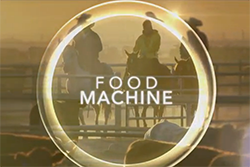
This video is the first episode of the PBS series, "America Revealed." Show host Yul Kwon explores how the "Food Machine" (agriculture) feeds nearly 300 million Americans every day. The 2012 video highlights farm practices, machines which make the production of our food easier and more productive, and the requirements of nature and our natural resources in order to produce our food. This secondary resource addresses topics such as sustainability, GMOs, pests and pesticides, global food trade, and food marketing.
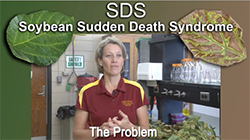
This website engages students in the genetic engineering process in a problem and solution format. The video series describes a plant disease in soybeans and then illustrates the steps in genetic engineering that could be employed to develop seeds that are resistant to the disease.

This video series follows food from farm to fork. Learn more about potatoes, asparagus, mushrooms, cranberries, garlic, cauliflower, spinach, oranges and more. These videos are a great way to introduce students to food science and cooking, and to increase understanding of the sources of our food.